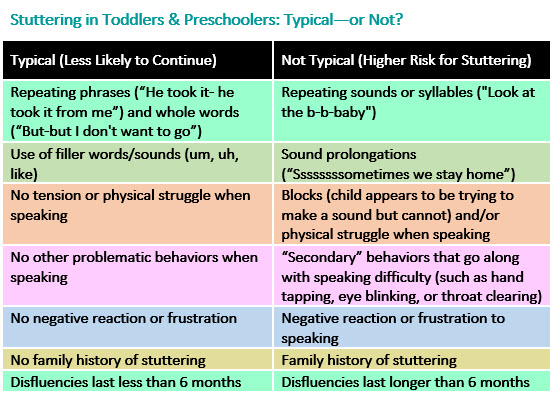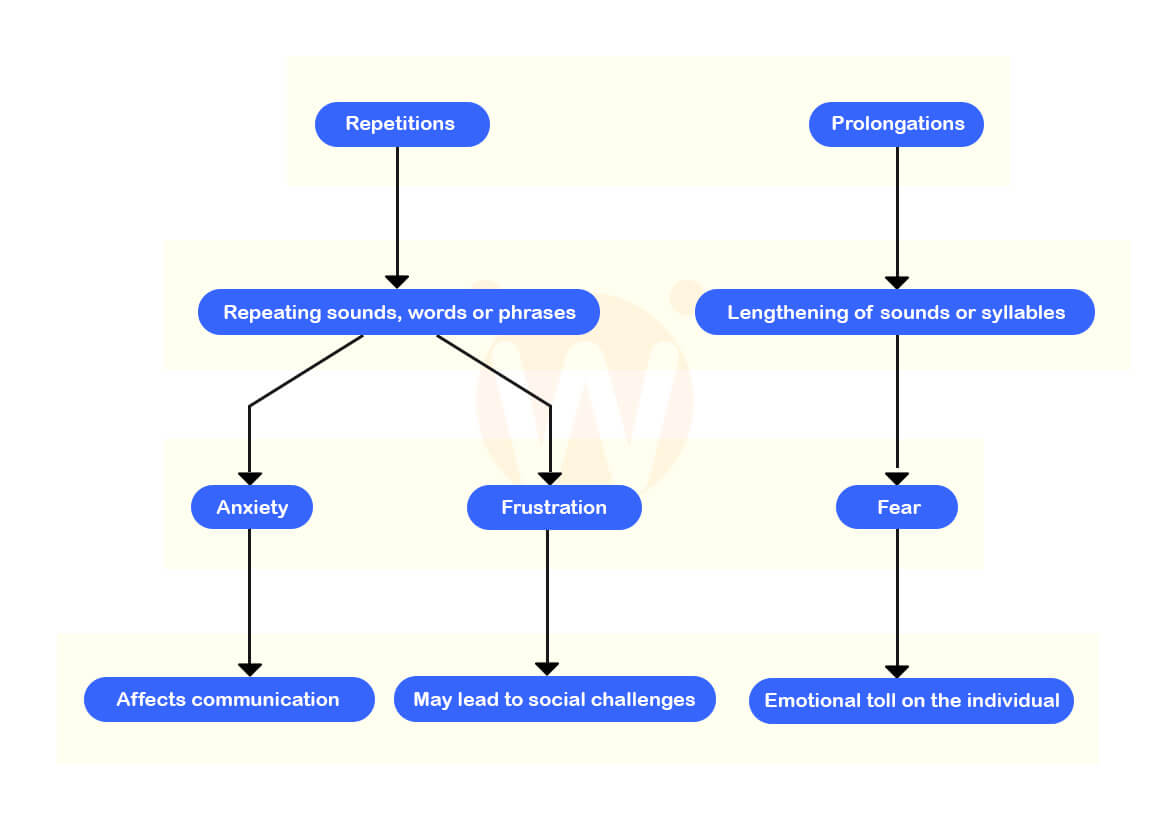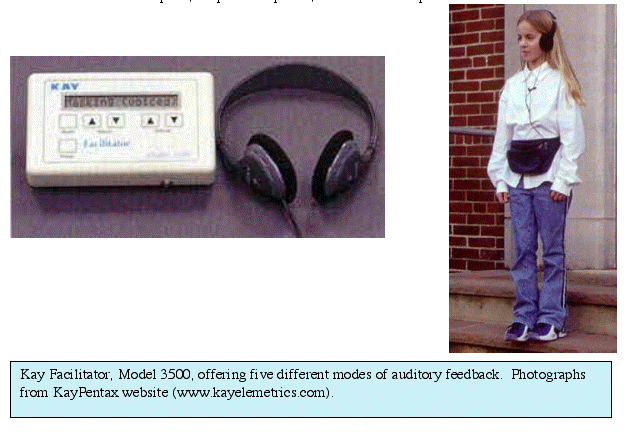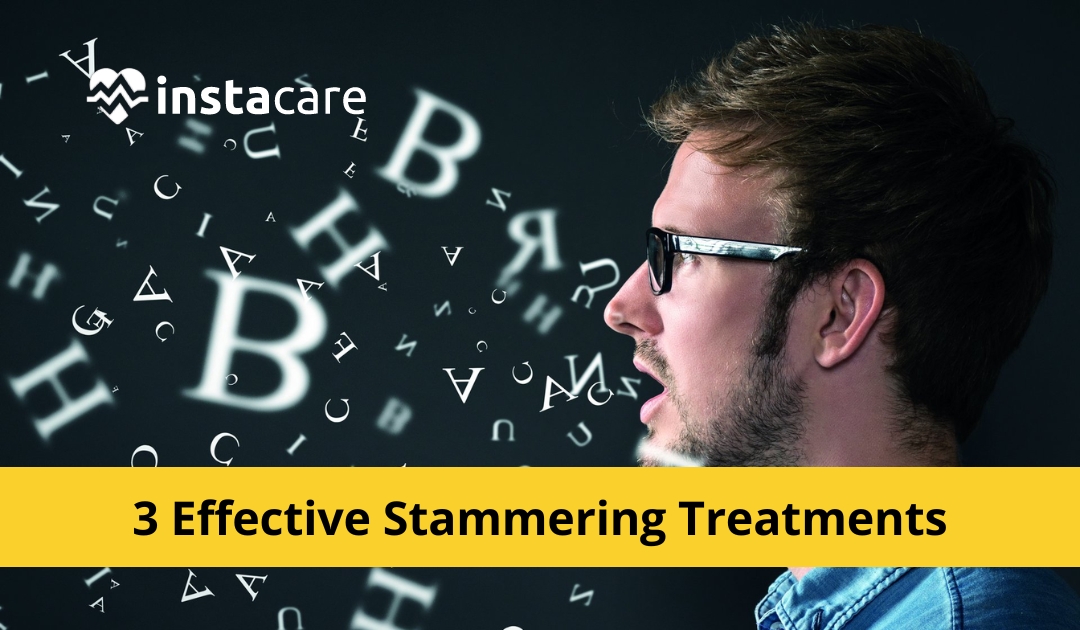
Treatment of Stuttering
Table of Contents
Understanding Stuttering
Stuttering is a communication disorder that affects the fluency of speech. It can manifest as repetitions, prolongations of sounds, or blocks that interrupt the flow of speech, making it challenging for individuals to express themselves fluently. What’s intriguing is that stuttering can occur in varying degrees and affects people differently. Some may have moments of difficulty, while others experience it more consistently.
Think about a time when you felt nervous before speaking in a public setting. You might have stumbled over your words or paused awkwardly. For those who stutter, this experience can be more frequent and pronounced, impacting their daily lives and interactions.
Key aspects to remember:
- Common Symptoms: Repeating sounds, syllables, or words; hesitations; and physical tension during speech.
- Emotional Impact: Stuttering can lead to feelings of embarrassment, frustration, and anxiety, which can perpetuate the cycle of disfluency.
Causes of Stuttering
The exact causes of stuttering are still not fully understood, but researchers have identified several factors that contribute to its development. These factors often combine to create a complex situation for the individual.
- Genetic Factors: Studies show that stuttering can run in families, suggesting a genetic component.
- Neurological Aspects: Differences in brain structure and functioning, particularly in areas responsible for speech processing, have been observed in those who stutter.
- Environmental Influences: Stressful situations, trauma, or high expectations from parents can exacerbate stuttering, particularly in children.
By understanding stuttering, you are better equipped to empathize with those who face it daily. Whether it’s a friend, family member, or even yourself, recognizing its roots can foster a supportive environment that encourages open conversations about fluency challenges. As we explore more about types and therapies, let’s continue to delve into this fascinating area of speech science.

Types of Stuttering
Developmental Stuttering
When we look at the different types of stuttering, developmental stuttering is the most common, especially evident in children between the ages of 2 and 6. This period is often when children are learning to speak rapidly, making this stuttering seem natural and temporary to many observers.
For instance, have you ever noticed how some kids have trouble saying “banana” and end up saying “ba-ba-ba-banana”? It’s quite typical! Many children outgrow this phase, and the disfluency usually resolves itself. However, for some, it might persist into their school years, influencing their social interactions and self-esteem.
Some key points about developmental stuttering:
- Typical Occurrence: Most common in children who are developing language skills.
- Characteristics: May include sound repetition, elongation, and occasional blocks.
- Resolution: Many children will spontaneously overcome this type with time and encouragement.
Neurogenic Stuttering
Neurogenic stuttering, on the other hand, is less common and arises from neurological conditions. It occurs when there’s damage to the brain or the nervous system affecting the speech centers. This can result from strokes, traumatic brain injuries, or other health conditions impacting fluency.
Imagine someone who has bravely fought through a serious health crisis, only to find that their speech is affected. Neurogenic stuttering can be incredibly frustrating because it isn’t something that can always be controlled.
Important aspects to consider:
- Underlying Conditions: Often linked with neurological issues or brain injuries.
- Different Symptoms: May include less predictable disfluencies than developmental stuttering.
- Requires Professional Assessment: Treatment typically necessitates evaluation by a speech-language pathologist who understands these conditions.
By understanding these types of stuttering, we can appreciate the diverse experiences individuals may face, opening the door for informed discussions around treatment and support. Each case of stuttering is unique, and recognizing these differences allows us to create a more empathetic dialogue going forward.

Diagnosis of Stuttering
Evaluating Stuttering in Children
Diagnosing stuttering in children is a delicate process that requires careful observation and assessment. As we discussed earlier, developmental stuttering is common among kids, typically between the ages of 2 and 6. Parents and educators often play pivotal roles in identifying stuttering early on.
When evaluating children, speech-language pathologists (SLPs) focus on several key aspects:
- Observation: Watching your child talk in various contexts – at home, at school, and even during playdates – can reveal patterns of speech disfluency.
- Development History: Gathering information about the child’s speech development is crucial. Has there been any family history of stuttering? How did the child communicate at different ages?
- Standardized Tests: SLPs may administer specific assessments to gauge the severity and nature of the stuttering. These can help distinguish between typical disfluencies and more persistent patterns of stuttering.
Imagine noticing your little one struggling during a show-and-tell. That moment could prompt a conversation with a professional who can guide you through the evaluation process, ensuring appropriate support is provided.
Assessing Stuttering in Adults
When it comes to adults, the assessment process adapts to consider life experience and individual challenges. Adults may stutter due to long-standing patterns developed during childhood or may experience new-onset stuttering due to neurological issues.
Key components of adult assessment include:
- Detailed Interviews: SLPs conduct in-depth interviews to understand an individual’s history with stuttering, including environments where fluency improves or worsens.
- Speech Samples: Recording samples of conversational speech helps professionals analyze disfluencies and patterns specific to the individual.
- Impact Assessment: Evaluating the emotional and social impact of stuttering is essential in creating a tailored treatment plan. Adults often have unique challenges in professional and social settings.
Every assessment, whether for a child or an adult, plays a critical role in determining the best approach for treatment options ahead. By recognizing the signs early and involving specialists, individuals can navigate the journey of stuttering with more confidence and support.

Therapy Options for Stuttering
Speech Therapy Techniques
When it comes to addressing stuttering, therapy is an invaluable resource. One of the primary avenues for treatment is speech therapy, where skilled professionals work with individuals to enhance their communication skills. The techniques employed by speech-language pathologists (SLPs) can vary, but they are grounded in evidence-based practices tailored to the individual’s needs.
A few commonly used speech therapy techniques include:
- Stuttering Modification: This technique emphasizes accepting the stutter while working to modify the physical behaviors associated with it, making speech more manageable.
- Fluency Shaping: Focused on promoting smoother speech patterns, this technique involves the deliberate practice of speaking fluently through controlled speech rates and breath support.
- Desensitization: This method helps individuals become less anxious about their stuttering by encouraging them to practice speaking in various social situations or even engage in voluntary stuttering to reduce fear.
Think of it like learning to ride a bike; with practice and guidance, you gain confidence in your ability to navigate the roads of communication.
Fluent Speech Strategies
In addition to traditional speech therapy, fluent speech strategies can be a game-changer for those who stutter. These strategies aim to facilitate smoother speech and can be particularly effective in real-world situations.
Consider implementing the following fluent speech strategies:
- Pacing Techniques: Working on controlling the tempo of speech can alleviate pressure. Think about using a metronome or tapping a rhythm while you speak.
- Breathing Exercises: Practicing diaphragmatic breathing can help manage anxiety and tension while speaking. Focus on slow, deep breaths that promote relaxation.
- Pausing and Timing: Incorporating intentional pauses can provide a sense of control, allowing for more deliberate thinking and expression.
Many individuals report that combining speech therapy techniques with fluent speech strategies enhances their confidence and ability to communicate effectively. As we continue to explore comprehensive treatment options, it’s essential to understand that progress can take time and varies for each person. Celebrate every milestone along the way, no matter how small!
Medications for Stuttering
Pharmacological Treatments
While speech therapy techniques and strategies play a crucial role in managing stuttering, some individuals may consider pharmacological treatments as part of their comprehensive approach. It’s important to understand that medications intended for stuttering are typically used in conjunction with other therapeutic methods rather than as standalone solutions.
Pharmacological treatments can include:
- Antidepressants: Some studies have shown that certain antidepressants can help reduce anxiety and improve fluency in individuals who stutter, particularly those dealing with accompanying anxiety disorders.
- Antipsychotics: Medications like risperidone or aripiprazole have been explored as options for individuals with more severe stuttering, especially when it coexists with other mental health conditions.
However, it’s essential to consult a healthcare professional to discuss the potential benefits and risks associated with these medications. Personalization is key—what works for one person may not work for another.
Alternative Medicines
In addition to traditional pharmacological approaches, some individuals seek alternative medicines to help manage stuttering symptoms. While there’s limited scientific evidence supporting their efficacy, many find comfort in exploring holistic methods.
Consider the following alternative therapies:
- Herbal Supplements: Some people have turned to herbal remedies like chamomile or valerian root, claiming these offer calming effects that may help reduce anxiety surrounding speech.
- Homeopathy: This practice involves using highly diluted substances with the belief that they trigger the body’s natural healing processes. Many who favor homeopathy believe in its potential to aid fluency.
- Mindfulness and Meditation: Techniques like yoga and mindfulness exercises can foster relaxation and focus, creating a supportive environment for fluent speech.
While alternative medicines can be appealing, it’s essential to approach them with a critical eye and consult professionals before diving in. Ultimately, the journey toward tackling stuttering is unique for everyone. By exploring all avenues—be it medications or alternative treatments—you’ll be better equipped to find a balanced path that suits your individual needs!

Devices and Aids for Stuttering
Speech Assistance Devices
In the quest for fluency, many individuals have turned to speech assistance devices designed to support and enhance communication. These tools come in various forms and can significantly improve a person’s confidence in speaking situations. Imagine being in a social gathering and knowing you have a reliable device to help navigate your conversations—that’s the power these tools can offer!
Here are some popular types of speech assistance devices:
- Voice Amplifiers: These handy devices can be incredibly helpful for those who may feel their voice isn’t strong enough. By amplifying speech, individuals can speak more clearly and confidently in noisy environments.
- Speech Generators: These devices provide an alternative way to communicate when speech is challenging. Using synthesized speech aids, users can select words or phrases, which the device vocalizes for them.
Many users find that incorporating these tools into their daily lives helps ease anxiety and fosters more engaging interactions!
Electronic Devices
Alongside traditional speech assistance devices, electronic devices have gained popularity as innovative solutions for those who stutter. These advanced tools leverage technology to create more fluent speech patterns, reducing disfluency in real-time.
Consider some of the following electronic devices:
- Delayed Auditory Feedback (DAF) Devices: These devices play the user’s speech back to them with a slight delay, encouraging smoother speaking patterns. Many find that hearing their speech delayed can help slow their rate of speech and reduce stuttering episodes.
- Frequency-Altered Auditory Feedback Devices: Similar to DAF, these devices modify the user’s voice by altering the pitch, which can sometimes lead to more fluent speech. Users often report feeling more relaxed while speaking, thanks to this altered feedback.
It’s essential to acknowledge that while these devices are helpful, success varies by individual. Personal anecdotes from users suggest that combining these tools with ongoing therapy fosters the most effective results. With the right support—be it technology or professional guidance—individuals can harness their full potential to communicate freely and confidently!

Lifestyle Changes and Coping Strategies
Stress Management Techniques
Managing stress effectively is a game changer for anyone dealing with stuttering. Stress and anxiety can exacerbate disfluency, turning speaking situations into daunting challenges. Therefore, incorporating stress management techniques into your daily routine can foster a sense of calm and ease while communicating.
Here are some effective stress management techniques:
- Mindfulness and Meditation: Practicing mindfulness can help individuals become more aware of their thoughts and feelings. Imagine taking a few moments each day to sit quietly, focusing on your breath. This practice not only reduces anxiety but also cultivates a mindful approach when faced with speaking situations.
- Regular Exercise: Physical activity is a great way to relieve stress. Whether it’s a brisk walk, a dance class, or yoga, find an activity you enjoy. Exercise releases endorphins, which are natural mood lifters!
- Journaling: Writing about your feelings can provide an emotional outlet. Consider keeping a journal where you jot down any anxieties related to speaking and reflect on your progress.
Each small change can contribute significantly to reducing overall anxiety associated with stuttering.
Speech Modification Techniques
Along with managing stress, employing speech modification techniques can create a more comfortable speaking environment. These methods can help you feel empowered and in control when expressing yourself verbally.
Some helpful speech modification techniques include:
- Slow and Controlled Speech: Deliberately slowing down your speech can lead to clearer articulation and reduce disfluency. Practice pausing for a brief moment between phrases to collect your thoughts.
- Use of Easy Onsets: This technique involves starting your speech with a gentle, soft sound, almost like a whisper. It can ease tension in your vocal cords and help things flow more smoothly.
- Practicing with Visualization: Imagining yourself speaking confidently in various settings can be incredibly powerful. Visualize yourself succeeding in a conversation, whether it’s a casual chat with friends or a presentation at work.
Implementing these techniques requires patience and practice, but the positive impact they can have on your communication skills is invaluable. Pairing lifestyle changes with effective speech modification strategies creates a holistic approach that empowers you in your journey toward fluent speech. Remember, every step counts, so celebrate your progress along the way!